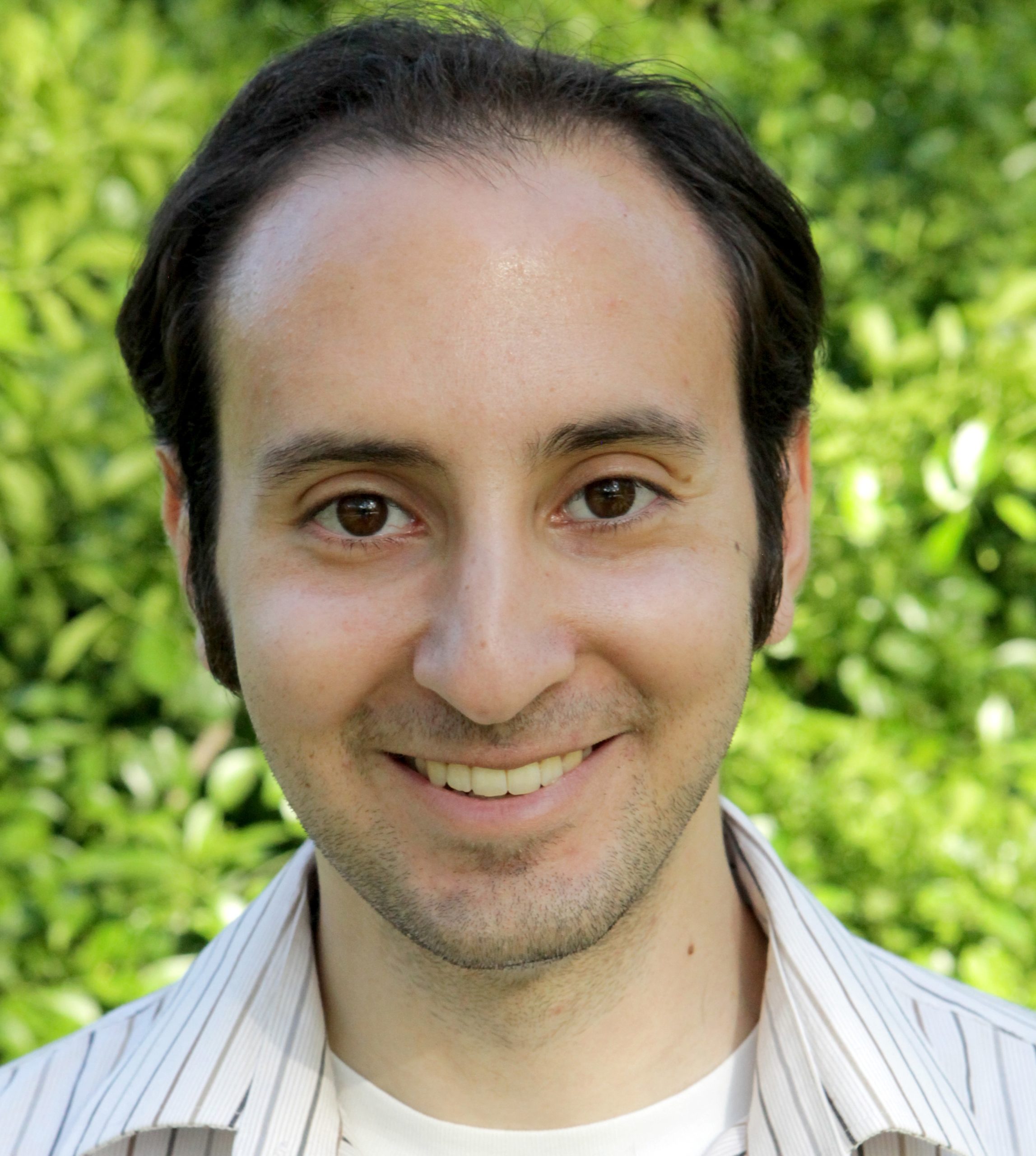 My Birthmark⎯the critically acclaimed Western Armenian children’s picture book first published in 2010⎯has now been translated into English for the first time ever.
My Birthmark⎯the critically acclaimed Western Armenian children’s picture book first published in 2010⎯has now been translated into English for the first time ever.
Penned by author Hasmig Chahinian, My Birthmark tells the tale of seven-year-old Hratch who absolutely detests his birthmark. He always tries to hide it whenever others are around. And when anyone catches a glimpse of it, he comes up with crazy stories to explain where it came from. But when he injures his leg and starts to imagine a life without his birthmark, he realizes that being different isn’t really so bad.
With bold illustrations from Alik Arzoumanian, My Birthmark is a poetic, magical and joyous story about accepting life’s gifts⎯no matter what form they may take.
My Birthmark is the latest entry in a translation series spearheaded by Cascade Press. In addition to translating books into Armenian, Cascade Press also seeks to translate Armenian literature into English. My Birthmark marks the start of the Armenian-to-English translation series. Previously published translations include the Armenian editions of Goodnight Moon (published in 2021) and the Frog and Toad series (published in 2020). There are many more translations planned for 2022, including translations of classic children’s books penned by Newbery award winner David Kherdian and two-time Caldecott Medalist Nonny Hogrogian.
The Armenian Weekly recently had the chance to sit down with Arzoumanian to discuss the book and future plans. An interview with author Hasmig Chahinian will be featured in a follow-up article.
Armenian Weekly (A.W.): What aspect of illustrating My Birthmark did you enjoy the most?
Alik Arzoumanian (A.A.): As with any illustration project, what I enjoy most is bringing the story to life by sketching out the layout of the book, creating a storyboard, figuring out the composition of each page before jumping into the illustrations. Once the book was laid out, I enjoyed painting the illustrations which were created in acrylics. I was using a method where I layered lighter colors over darker ones, and I remember spending blissful hours on each painting.
A.W.: How did you decide upon the style and color palette for your illustrations?
 A.A.: The style I painted the illustration in was the way I worked at the time, and it was not based on any conscious decision. It was rather just the way I enjoyed drawing and painting. Same for the colors…I tend to gravitate towards bold and contrasting ones. If I were to recreate the illustrations today, I would have used fewer colors and lighter backgrounds, as the palettes I now use have become more simple and basic.
A.A.: The style I painted the illustration in was the way I worked at the time, and it was not based on any conscious decision. It was rather just the way I enjoyed drawing and painting. Same for the colors…I tend to gravitate towards bold and contrasting ones. If I were to recreate the illustrations today, I would have used fewer colors and lighter backgrounds, as the palettes I now use have become more simple and basic.
A.W.: Are there any characters whose illustrations are inspired by real people?
A.A.: Hratch looks a little bit like Hasmig⎯the author⎯whom I knew since I was a child. He has the same curly hair and pointed chin as her. There is also a scene which I had to redo after my first child was born. It’s the one in the doctor’s waiting room. You can find me holding my baby daughter in that waiting room.
A.W.: What books do you now have in your illustration queue?
A.A.: I am currently working on two books: one in Armenian, «Բարեւ Կրիայ, ինչ կայ – չկայ», a picture book about a tortoise through the seasons, and another one in English, called «The Day the Elephant Forgot», about a blue elephant who wakes up one morning feeling he is forgetting something very special.

A.W.: What inspired you to become a writer and illustrator?
A.A.: I used to write and illustrate magazines and picture books for my siblings as a child, so my love for children’s literature goes way back. Picture books give us joy; even when they tell a sad story, they bring out the best in us. I am inspired by the idea of contributing to that joy. I want to contribute to Armenian children’s literature, because it is a great responsibility but also a privilege to be creating in Western Armenian, an endangered language, and to be able to not only help preserve it but to allow it to flourish.




Be the first to comment